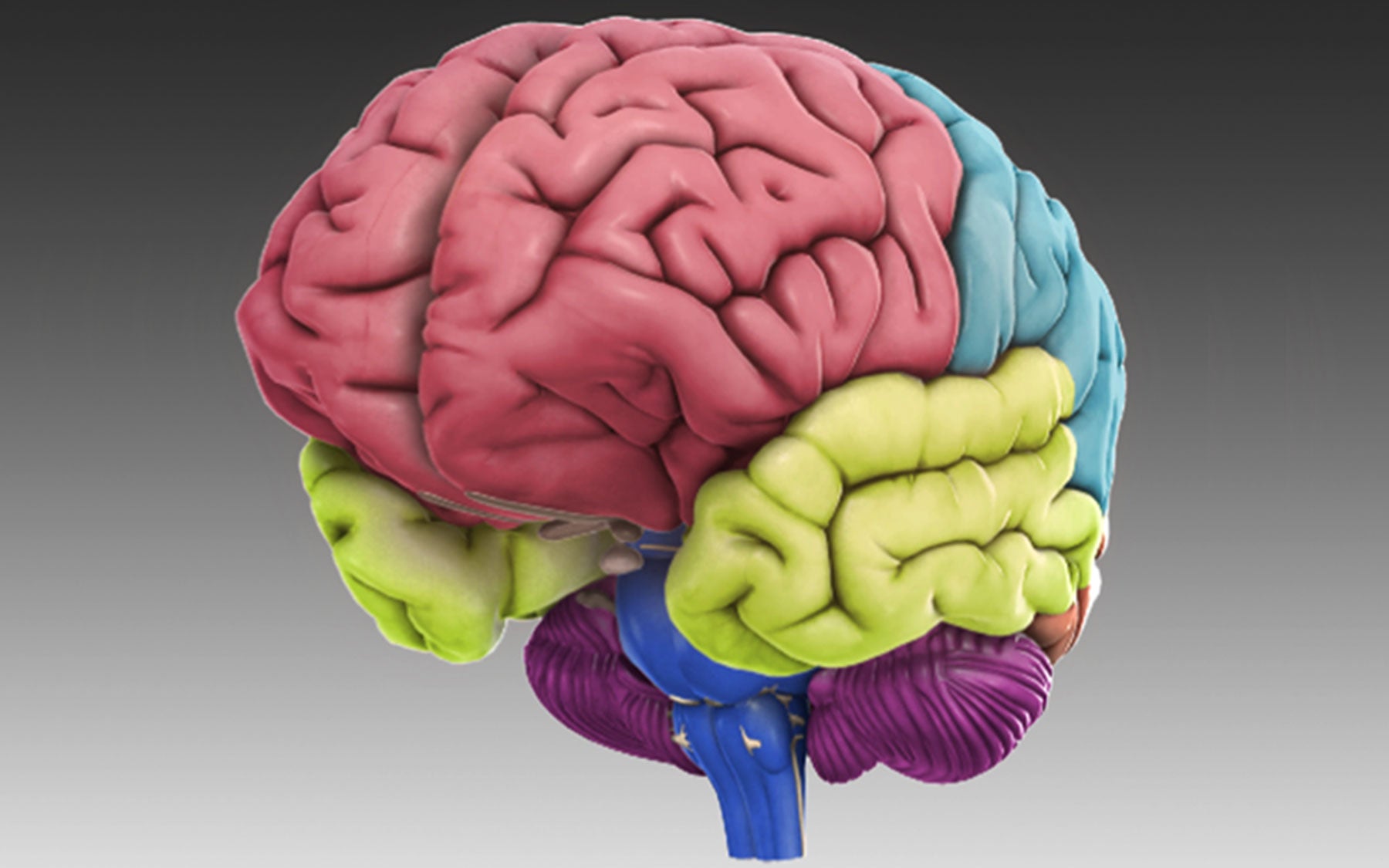World-class brain research happens right here on the CSHL campus. Scientists have made tremendous advances in understanding the genetics of autism and other neurological disorders. Other research teams are working to understand memory and cognition, exploring how our brain processes sensory information. Still other scientists are working to map all of the neuronal connections with in the brain.
CSHL’s DNA Learning Center works to translate the science behind these amazing discoveries for the benefit of the broader public. In 2009 we produced the Genes to Cognition Online website in collaboration with the Wellcome Trust and funded by the Dana Foundation. One of our most successful tools was originally produced for G2C Online: the 3D Brain app is an interactive, three-dimensional model of the human brain. With more than 2.5 million downloads, it was created to allow students to explore 29 individual structures in the brain. Each structure also includes supporting educational materials: information on disorders, case studies, and even links to current research.
Sound like a great tool for students and educators? That’s exactly what we had in mind, and indeed, it is how the 3D Brain is most often used. But there’s another active group of users that we didn’t anticipate: medical professionals and patients.
Doctor-patient communication has historically faced significant challenges. Just think of the last time you visited a doctor. When chatting about your condition and possible treatments, it’s likely your doctor explained everything verbally. But, research suggests most people promptly forget up to 80 percent of the information they are given in such exchanges. Sometimes doctors use a model like this one to show patients some part of their anatomy. It may be helpful in the moment, but once a patient leaves the office, they must rely on memory.
No wonder, then, that the 3D Brain has taken off in medical communities, and was even featured in a recent article about how doctors can use apps to make patient education more effective. By enabling patients to visualize where different structures are in the brain the app gives patients a sense of “ownership”—a spatial awareness of where certain structures are inside their own head. This and other mobile apps present an opportunity for doctors to connect with patients both during and after consultations. Because the app was initially designed with students in mind, it is written at a level that isn’t highly technical.
The 3D Brain is available on Apple, Android, and Windows platforms, and has been downloaded by medical professionals, patients, educators, and students. Reviews on app stores even indicate that parents of children with neurological conditions have used the app to explain to a new caregiver what’s going on with their child’s brain. The need for education extends beyond the classroom, and the 3D Brain and similar apps are proving to be an asset wherever there’s a need for educational resources.
Download your very own 3D Brain on iTunes, Google Play, or Windows Store.
